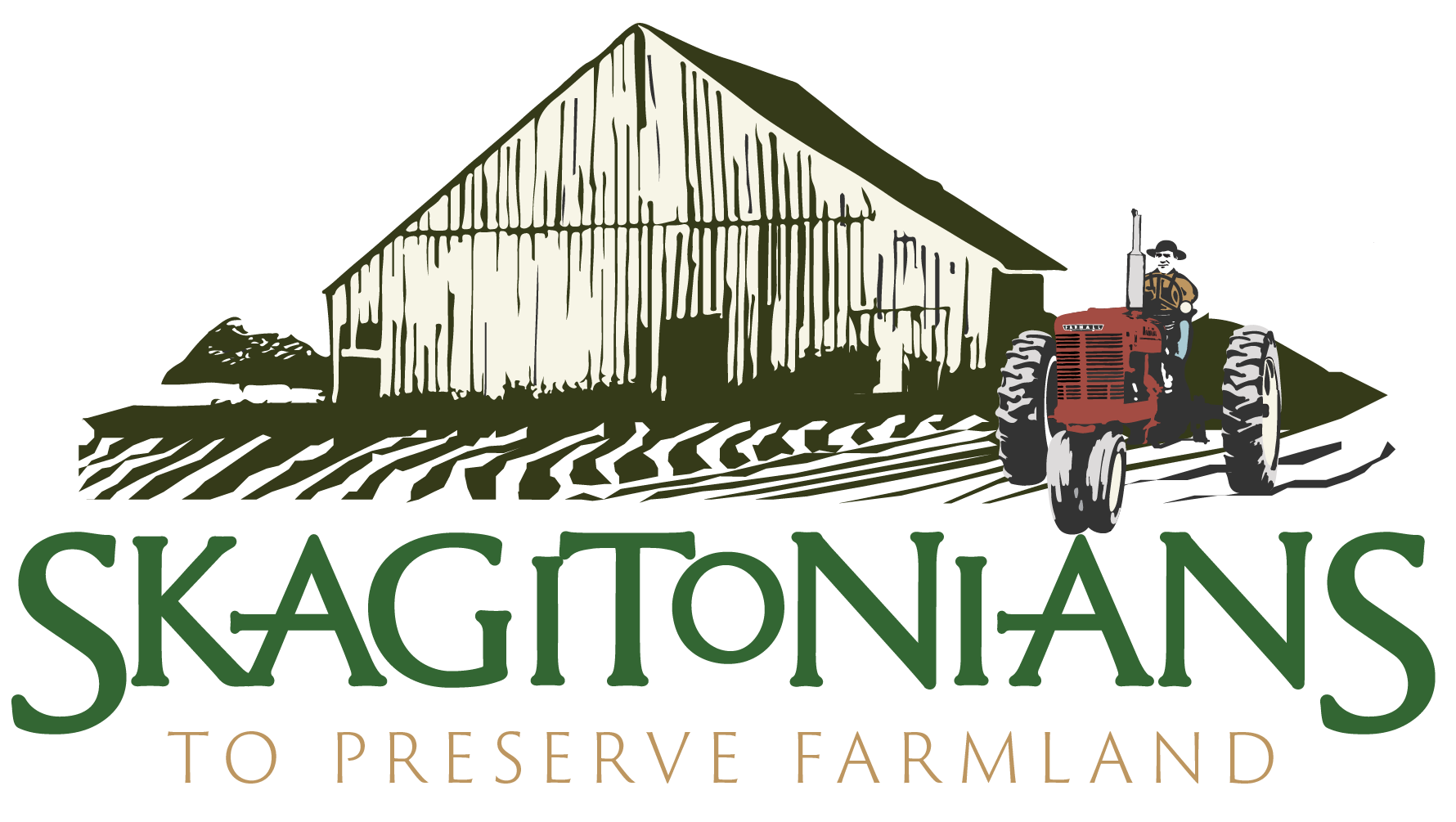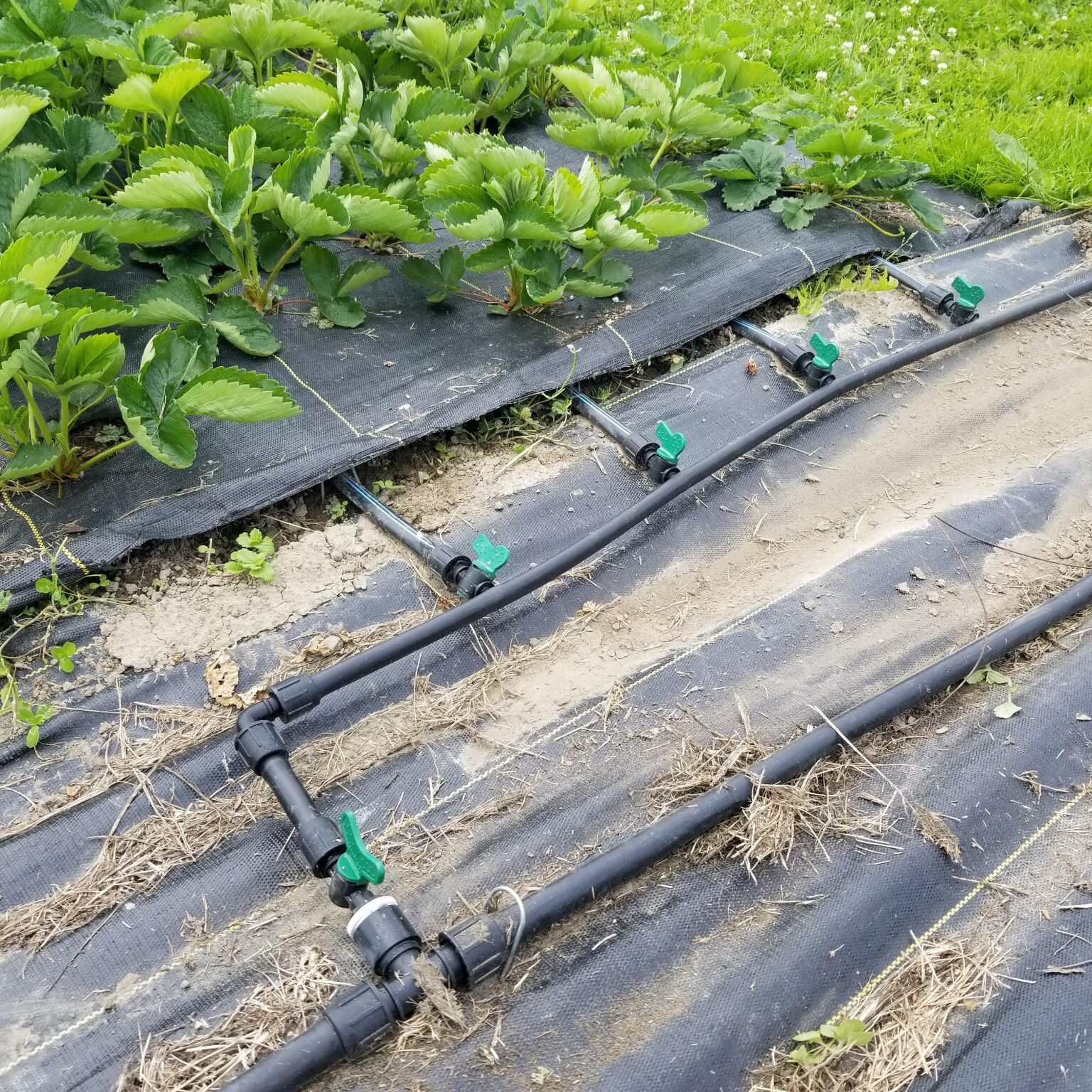The Dirt Issue #52 - The Skagit Instream Flow Rule
Water belongs to everybody. No one person or group owns it. That’s simple enough. How water is used and by whom is another matter entirely. That can be very complicated indeed.
In the 1990s a series of studies were conducted on the Skagit River and certain key tributaries. In time, the studies were used to establish the Skagit River Instream Flow Rule, an administrative, but not adjudicated, rule which impacts water availability and use for many constituents in the Skagit Valley.
A Bit of Background
In compliance with Washington State’s Water Resources Act of 1971, the Washington State Department of Ecology (DOE) is required to set minimum flow rules for the major river basins in the state. According to the DOE, “the purpose of these flows is to protect instream resources including fish, wildlife habitat and water quality.” In the case of the rule that came to be applied to the Skagit, the stakeholders that directed the studies were Skagit PUD, the Washington Department of Fish and Wildlife, DOE, the City of Anacortes, and various tribal groups. Although there were public workshops at the time, there was no formal representation of the interests of many Skagit County landowners.
Since it’s date of application, April 14, 2001, the Skagit River Instream Flow Rule has determined how much water can be taken out of the Skagit River for out-of-stream uses. The instream flow rule is the minimum measure of water flowing through a gauge that must be met before water is available for those out-of-stream uses. The minimum is seasonally adjusted. You can think of it as a water right for the stream itself. As long as that minimum is met any additional flow is available for allocation. If that minimum isn’t met, a system of water rights determines how water is distributed.
Hierarchy of Water Rights
In Washington State, water’s use is determined by the prior appropriation doctrine, commonly termed as “first in time, first in right.” On the date the Skagit River Instream Flow Rule was enacted in 2001, water rights established before 2001 became senior rights to the instream flow rule while those established after are junior rights.
What’s crucial to understand about these rights is how they affect water availability. In the case of a water shortage, junior water rights are subject to interruption. In simple terms, it means junior water right holders can lose all access to water before senior water right holders legally have to lose a drop.
Much of Skagit Agriculture Holds a Junior Water Right
While there are pockets of farmland with senior water rights, most of the farmland west of Mount Vernon out to LaConner and west of Conway on Fir Island is served by Drainage and Irrigation Improvement Districts 15 and 22. These districts hold junior water rights.
This vast and extremely fertile area is known as the Lower Skagit, or “below the gauge.” This gauge is the sole point of compliance for the whole river. At 15 minutes intervals readings are taken. If minimums are met, farmers can pump a metered amount of water out of the Skagit and into the network of ditches that serve lower Skagit farmland. If the river flow is below the established minimum, the pumps are turned off.
In Washington State river systems, DOE uses multiple gauges to measure water levels above—and only above—each gauge. Not below it. The one exception to this practice is the Skagit River. It has just the one gauge, located near Mount Vernon. It sits above the tidally influenced zone of the river. Nevertheless the measurements at the gauge are used to determine compliance both above and below the gauge without taking the tidal influence into account.
This is significant because the water level in the tidally influenced zone of the river rises and falls with every high tide cycle (two every 24hrs) from the mouth of both the north and south fork of the Skagit river all the way up to the Mount Vernon gauge located between the cities of Mount Vernon and Burlington.
Time to Reassess?
The Skagit River Instream Flow Rule was based on science, models, and assumptions that were suited to the time, but merit review now. Fortunately, the measure that established the instream flow rules allows for such consideration and development.
The Washington State Academy of Sciences (WSAS) has been retained by the Joint Legislative Task Force on the Skagit Basin Water Supply to study and review that portion of the 1990s studies that focused on setting instream flows related to estuaries. At the core of the review are issues dealing with tidal influence on the lower Skagit and the side channels that harbor juvenile fish populations. In the 90s this influence was recognized and acknowledged, but scientific methods to evaluate these complex relationships did not exist. Now there are better analytical/computational methods to evaluate the relationship between instream flow and habitat in the tidally influenced zone of the Skagit River. The WSAS will report their findings and recommendations to the Joint Legislative Task Force in late 2020.
A History of Water Management
From the earliest days, Skagit farmers have taken on the hard work and major investment of water management in the fertile Skagit Valley. It is an essential part of every farmer’s commitment to the health of the Skagit farmland, one that is constantly reviewed and modified to bring new science to bear. Skagit farmers were faced with water shortages in 2015, 2016 and 2017. In some cases, it was drought; in others it was higher than normal winter temperatures that kept snowpack from forming. Whatever the reasons, they weren’t one offs. They will occur again.
To make ever more efficient use of water, Skagit farmers continue to develop and adopt sophisticated watering systems that direct water solely to the plants rather than over the entire field. They have shifted their crop rotations to include crops that better prepare the soil to retain moisture and require less added water to grow.
They have designed, engineered and installed state of art infrastructure that allows water to be pumped from the river while ensuring that fish, including juvenile fish, are not caught up or harmed. As excellent stewards of the land, farmers are also excellent stewards of water.
By expertly managing the water table just by keeping irrigation and drainage ditches full, over 60% of crops being farmed do not need supplemental irrigation as the unique Skagit soils in the delta areas allow groundwater, through capillary action, to reach to the roots of most crops. Being close to the marine waters of Skagit Bay, farmers are also very aware of the need to keep their the water table stable, upholding the critical balance between fresh and saltwater below ground in order to keeping saltwater intrusion at bay.
A Little Water Would Go A Long Way
When those studies were conducted in the 90s, the clear mandate was to ensure future water supply for senior water right holders and protect fish, wildlife habitat and scenic beauty by maintaining minimal instream flows. Those involved did not consider and/or factor in agricultural uses.
The need to irrigate crops is, of course, seasonal. In the period of low precipitation, typically starting mid-July and running through early September, about 20,000 acres (40% of the total farmland in the affected region) require supplemental irrigation. How much those crops require is estimated, based on historical crop rotations, at 200cfs (cubic feet per second). To put that number in context, the minimum flow required at the gauge in that time frame is 10,000cfs. In other words, two percent of the minimum flow would make all the difference. Farmers could plan their crop rotations and proceed with the many demands of the growing season without the uncertainty and potential devastation of having water cut off.
The agricultural community is hopeful that, once the WSAS review is submitted to the Task Force, DOE officials will exercise what the Legislature has authorized and allows: a revisiting of the assumptions used to create the current rule based upon the new and best available science that has been developed since. Our hope is that better analytic methods and understanding of the tidally influenced zone of the Skagit River and fisheries will lead to improved water security for agriculture and all stakeholders.



